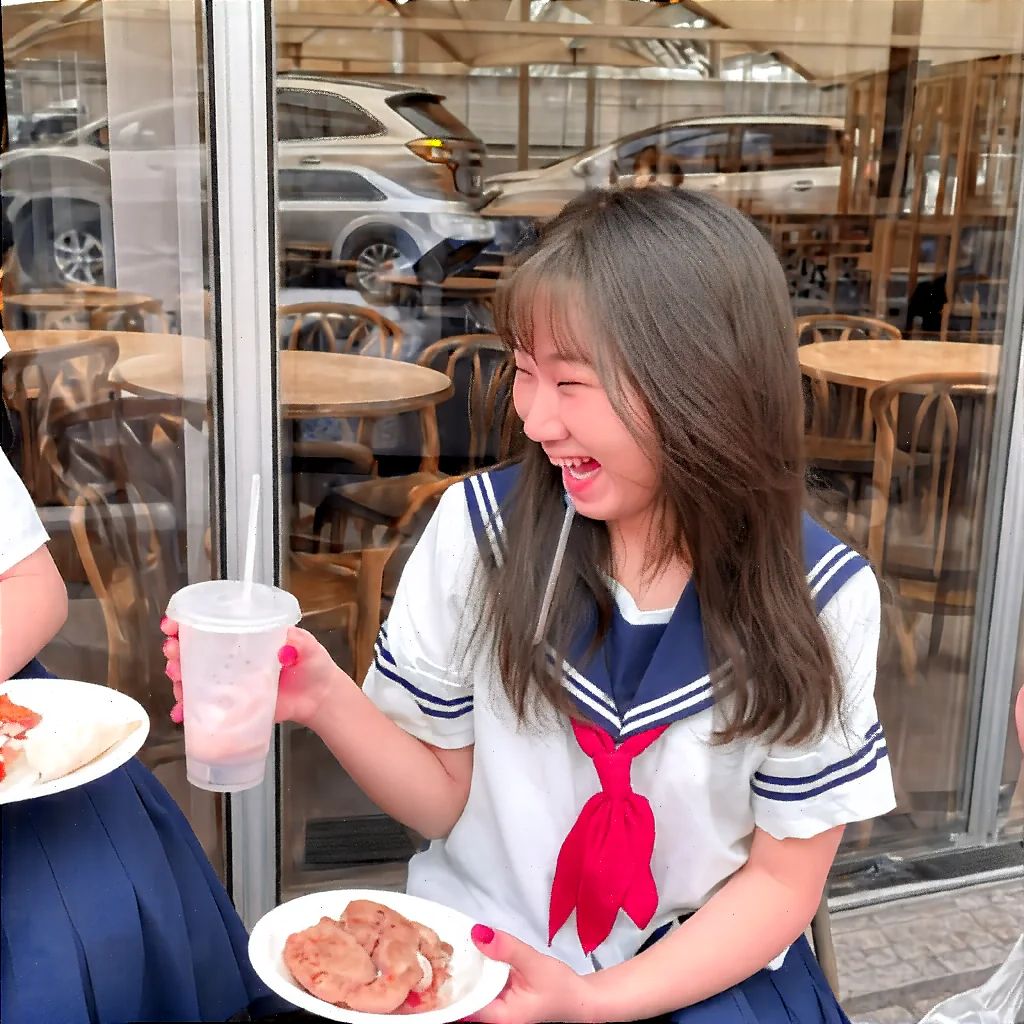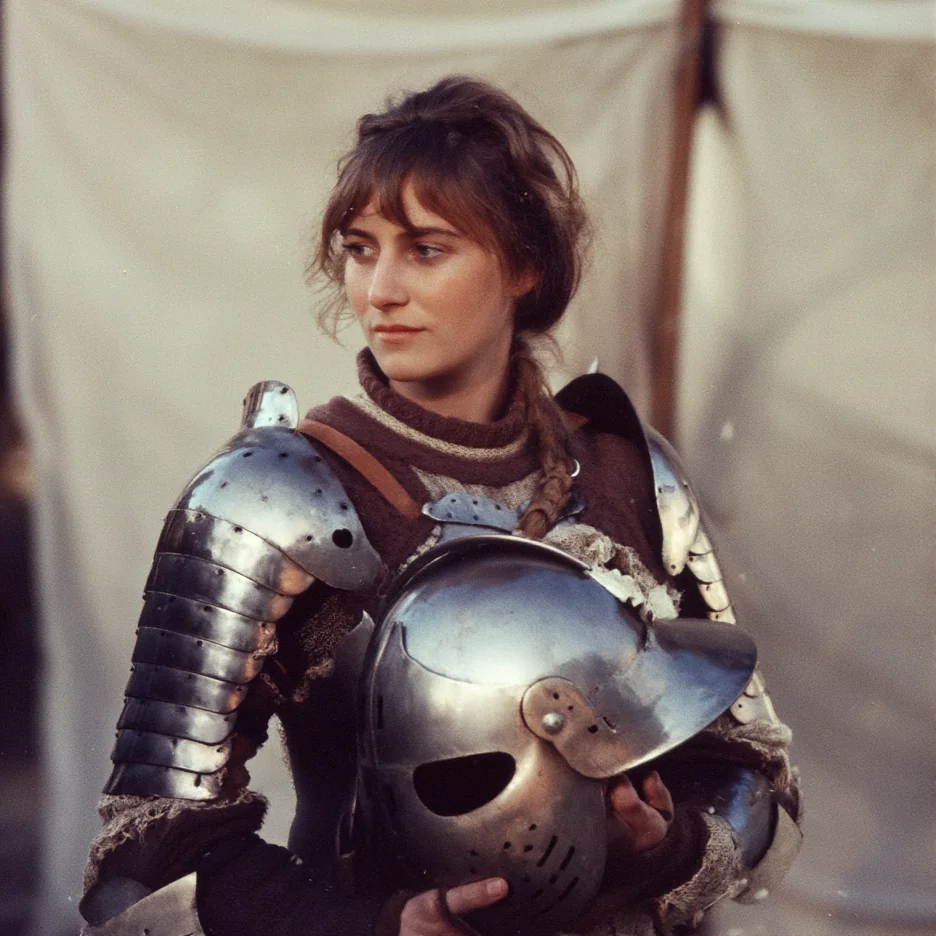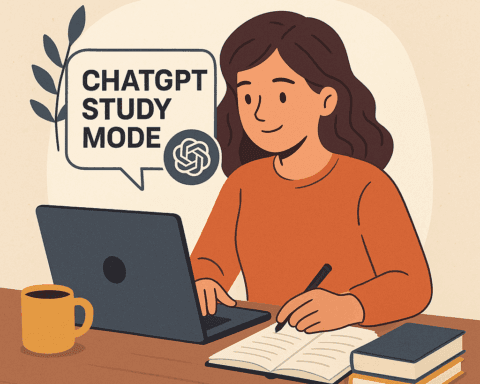Last Updated on August 24, 2025 12:04 pm by Laszlo Szabo / NowadAIs | Published on August 24, 2025 by Laszlo Szabo / NowadAIs
Chroma Model Training Complete: A New Era of Open-Source AI Image Generation – Key Notes
The chroma model represents a massive computational achievement, requiring over 105,000 hours of H100 GPU training time and resulting in a cost-effective 8.9 billion parameter system that outperforms many larger models through architectural optimization and careful data curation.
Complete creative freedom sets the chroma model apart from commercial alternatives, providing uncensored content generation capabilities under Apache 2.0 licensing while maintaining user responsibility as the cornerstone of ethical AI deployment.
Multiple specialized variants including Base, HD, Flash, and Radiance versions ensure the chroma model ecosystem serves diverse technical requirements from rapid prototyping to high-resolution production work, with excellent compatibility across different hardware configurations.
The Foundation of Innovation
The artificial intelligence community has witnessed a major milestone with the completion of the chroma model training phase. After an intensive development period requiring approximately 105,000 hours of H100 GPU computation time, the Chroma project has successfully released its complete suite of models, marking a significant advancement in open-source text-to-image generation capabilities.
The chroma model represents a fundamental shift in how open-source AI models are developed and distributed. Built upon the FLUX.1-schnell architecture, this 8.9 billion parameter system has undergone substantial modifications that distinguish it from its predecessor. The development team made strategic architectural changes, reducing the parameter count from the original 12 billion while maintaining performance quality through sophisticated optimization techniques.
The training process itself consumed massive computational resources, utilizing H100 GPUs for over 105,000 hours. Based on current market rates for H100 GPU rental, which range from $2.40 to $3.50 per hour depending on the provider and commitment level, this represents an investment of approximately $250,000 to $367,500 in computational costs alone. This substantial investment underscores the commitment to creating a truly capable open-source alternative to proprietary models.
The chroma model was trained on a carefully curated dataset of 5 million images, selected from an initial pool of 20 million samples. This rigorous curation process ensures diversity across multiple content categories, including anime, artistic creations, photographs, and specialized content that has often been filtered out of other models. The extensive data processing and quality control measures implemented during development have resulted in a model that demonstrates superior understanding of visual concepts and artistic styles.
Architectural Excellence and Technical Innovation
The technical improvements in the chroma model extend far beyond simple parameter reduction. The development team implemented MMDIT masking, a sophisticated attention mechanism that addresses issues with unnecessary padding tokens that could interfere with image generation quality. This innovation represents a variation of attention masking specifically optimized for diffusion models, preventing attention drift and ensuring the model focuses precisely on relevant prompt elements.
One of the most significant architectural changes involves the dramatic reduction of the modulation layer. The original FLUX model contained a layer with 3.3 billion parameters that encoded only a single value, which the Chroma team replaced with a simple function. This optimization saved substantial computational space while maintaining accuracy, demonstrating the team’s deep understanding of neural network efficiency principles.
The chroma model also incorporates custom temporal distribution and Minibatch Optimal Transport techniques to accelerate training and improve stability. These advanced methodologies ensure that the model can generate consistent, high-quality images while maintaining efficient processing speeds. The rectified flow transformer architecture enables the model to handle complex text-to-image transformations with remarkable precision.
Performance testing has revealed impressive speed improvements compared to quantized versions of similar models. On an RTX 3080, the chroma model can generate images significantly faster than GGUF quantized alternatives, delivering approximately 2.5x speed improvements in many scenarios. This enhanced performance makes the model more accessible to users with consumer-grade hardware while maintaining professional-quality output.
Uncensored Creative Freedom
A defining characteristic of the chroma model is its uncensored approach to content generation. Unlike many commercial models that implement restrictive content filters, Chroma aims to provide complete creative freedom to users. This philosophy stems from the belief that responsibility should rest with the user rather than being hardcoded into the model itself.
The uncensored nature of the chroma model specifically addresses limitations found in other systems, particularly regarding anatomical accuracy and artistic representation. Many commercial models have removed or restricted certain anatomical concepts, which can be problematic for legitimate use cases such as medical illustration, figure studies, and artistic expression. Chroma reintroduces these capabilities while maintaining appropriate boundaries through user responsibility rather than system limitations.
This approach has proven particularly valuable for artists, designers, and content creators who require flexibility in their creative work. The chroma model excels at generating coherent hands, faces, and human anatomy, areas that have traditionally posed challenges for AI image generation systems. The model’s training on diverse datasets ensures it can handle a wide range of artistic styles and subject matter without arbitrary restrictions.
The freedom provided by the chroma model extends to its licensing structure. Released under the Apache 2.0 license, the model ensures complete accessibility for modification, redistribution, and commercial use. This open-source commitment fosters innovation within the AI community and enables developers to build upon the foundation without corporate restrictions or usage limitations.
Model Variants and Specialized Applications

The completed chroma model release includes multiple variants designed for different use cases and hardware configurations. The Chroma1-Base serves as the fundamental 512×512 model, providing a versatile foundation suitable for extensive fine-tuning projects. This version is particularly valuable for developers planning to create specialized adaptations or those requiring a stable starting point for custom training.
Chroma1-HD represents the high-resolution variant, operating at 1024×1024 resolution and optimized for projects requiring detailed output without extensive custom training. This version demonstrates the chroma model‘s scalability and its ability to maintain quality across different resolution requirements. The HD variant is particularly suited for applications where image clarity and detail are paramount.
The experimental Chroma1-Flash variant explores acceleration techniques for flow-matching models, offering insights into speed optimization without relying on traditional distillation methods. This research-focused version provides valuable data for understanding how to enhance model performance while maintaining quality. The techniques developed for Flash can be applied across different Chroma variants to improve overall system efficiency.
Chroma1-Radiance, currently in development, represents an innovative approach operating in pixel space to avoid VAE compression artifacts. This variant addresses specific technical challenges that can affect image quality in latent-space models. By working directly with pixel data, Radiance aims to eliminate compression-related quality degradation that can occur in traditional diffusion model architectures.
Performance Benchmarks and Quality Assessment
Real-world testing of the chroma model has revealed impressive performance characteristics across multiple metrics. The model demonstrates particular strength in areas that have traditionally challenged AI art systems, including accurate rendering of human features, text within images, and maintaining consistent artistic styles across different prompts. These capabilities make it ideal for projects requiring unified aesthetic approaches.
Comparative analysis against established models shows the chroma model achieving competitive results while offering unique advantages in creative freedom and customization potential. The model’s ability to handle complex prompts while maintaining coherent output quality positions it as a valuable tool for professional creative workflows. Speed tests consistently show significant improvements over quantized alternatives, with some configurations achieving 20+ percent performance gains.
The chroma model‘s training on carefully curated data has resulted in superior understanding of artistic concepts and styles. Users report enhanced prompt adherence and reduced need for negative prompting to achieve desired results. The model’s ability to interpret complex artistic instructions while maintaining technical accuracy makes it suitable for both casual creative work and professional applications.
Quality assessments reveal consistent performance across different hardware configurations, with the model performing well on both high-end systems and consumer-grade GPUs. The availability of GGUF quantized versions ensures accessibility for users with limited hardware resources while maintaining acceptable quality levels. This scalability makes the chroma model accessible to a broader user base than many competing systems.
Community Impact and Future Development
The release of the completed chroma model represents more than just another AI system; it embodies a community-driven approach to AI development that prioritizes accessibility and user empowerment. The project’s commitment to transparency, including public access to training logs and development progress, sets a new standard for open-source AI initiatives.
Community feedback has been instrumental in shaping the chroma model‘s development, with user input directly influencing architectural decisions and feature priorities. This collaborative approach ensures that the model addresses real-world needs rather than theoretical capabilities. The active engagement between developers and users creates a feedback loop that continuously improves the system’s effectiveness.
The educational value of the chroma model project extends beyond its practical applications. By sharing training methodologies, architectural innovations, and performance optimizations, the project contributes valuable knowledge to the broader AI research community. This transparency enables other developers to build upon the techniques and insights developed during Chroma’s creation.
Future development plans for the chroma model include continued refinement of the experimental variants and exploration of new architectural approaches. The project’s commitment to open-source principles ensures that these developments will remain accessible to the community. The foundation established by the current release provides a robust platform for ongoing innovation and enhancement.
Integration and Practical Implementation
The chroma model demonstrates excellent compatibility with existing AI art workflows and tools. Integration with ComfyUI provides users with familiar interfaces and extensive customization options. The model’s support for various sampling methods and schedulers enables fine-tuning of output characteristics to match specific project requirements. This flexibility makes it suitable for both rapid prototyping and detailed production work.
Technical implementation of the chroma model has been streamlined to reduce barriers for new users while maintaining advanced capabilities for experienced practitioners. Clear documentation and community-provided workflows help users achieve optimal results with minimal setup complexity. The model’s efficient architecture ensures reasonable resource consumption even on modest hardware configurations.
The availability of multiple quantization levels allows users to balance quality requirements against hardware limitations. From full-precision versions for maximum quality to heavily compressed variants for resource-constrained environments, the chroma model ecosystem accommodates diverse technical needs. This scalability ensures that the model remains useful across different deployment scenarios and user requirements.
Professional workflows benefit from the chroma model‘s consistency and reliability. The model’s ability to maintain artistic coherence across batch generations makes it valuable for projects requiring multiple related images. The uncensored nature and flexible licensing enable commercial applications without the restrictions that limit other systems.
Definitions
Chroma Model: An 8.9 billion parameter text-to-image generation system based on modified FLUX.1-schnell architecture, designed for open-source deployment with complete creative freedom.
MMDIT Masking: A sophisticated attention mechanism that prevents unnecessary padding tokens from interfering with image generation, optimizing focus on relevant prompt elements in diffusion transformer models.
Rectified Flow Transformer: An advanced neural network architecture that enables efficient text-to-image conversion by optimizing the denoising process through mathematical flow matching techniques.
Apache 2.0 License: A permissive open-source license that allows unlimited use, modification, and redistribution of software without royalty requirements or corporate restrictions.
H100 GPU: NVIDIA’s flagship data center graphics processing unit optimized for AI training workloads, featuring advanced tensor processing capabilities and high-bandwidth memory.
GGUF Quantization: A compression technique that reduces model size and memory requirements while maintaining acceptable quality levels, enabling deployment on consumer-grade hardware.
Flow-Matching Models: AI systems that generate images by learning to reverse noise processes through mathematical flow optimization, enabling efficient high-quality synthesis.
VAE Compression Artifacts: Visual distortions that can occur when images are compressed and decompressed through variational autoencoder components in diffusion model pipelines.
Frequently Asked Questions
How does the chroma model compare to other open-source image generation systems?
The chroma model distinguishes itself through its uncensored approach, extensive training dataset, and architectural optimizations that deliver superior performance per parameter. Unlike many alternatives that implement content restrictions or operate under limiting licenses, Chroma provides complete creative freedom under Apache 2.0 licensing. The model’s 8.9 billion parameters efficiently generate high-quality images while consuming fewer computational resources than comparable systems. Its training on 5 million carefully curated images ensures broad stylistic understanding and accurate anatomical representation. The multiple variant system allows users to select the optimal version for their specific needs, from rapid prototyping to professional production work.
What hardware requirements are needed to run the chroma model effectively?
The chroma model demonstrates excellent scalability across different hardware configurations, making it accessible to users with varying technical resources. For optimal performance, a modern GPU with at least 12GB VRAM, such as an RTX 3080 or better, provides comfortable operation for standard generation tasks. However, the availability of GGUF quantized versions enables deployment on lower-spec hardware, including consumer GPUs with 8GB VRAM or less. CPU-based generation is possible but significantly slower than GPU acceleration. The model’s efficiency improvements over traditional diffusion systems mean it often runs faster than expected on given hardware. RAM requirements typically range from 16GB to 32GB depending on the specific variant and quantization level selected.
Can the chroma model be used for commercial projects and what are the licensing implications?
The chroma model operates under the Apache 2.0 license, which provides comprehensive permissions for commercial use without royalty payments or corporate restrictions. This licensing allows businesses to integrate the model into products, services, and workflows without seeking additional permissions or paying ongoing fees. Companies can modify the model for specific requirements, redistribute customized versions, and build commercial applications around its capabilities. The only requirement is maintaining proper attribution in derivative works. Unlike proprietary systems that may restrict commercial usage or require expensive licensing agreements, Chroma’s open-source nature eliminates these barriers. This makes it particularly valuable for startups, creative agencies, and enterprises seeking powerful AI image generation without ongoing licensing costs or usage restrictions.








